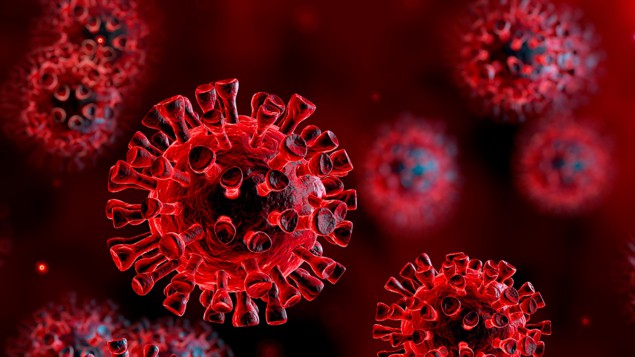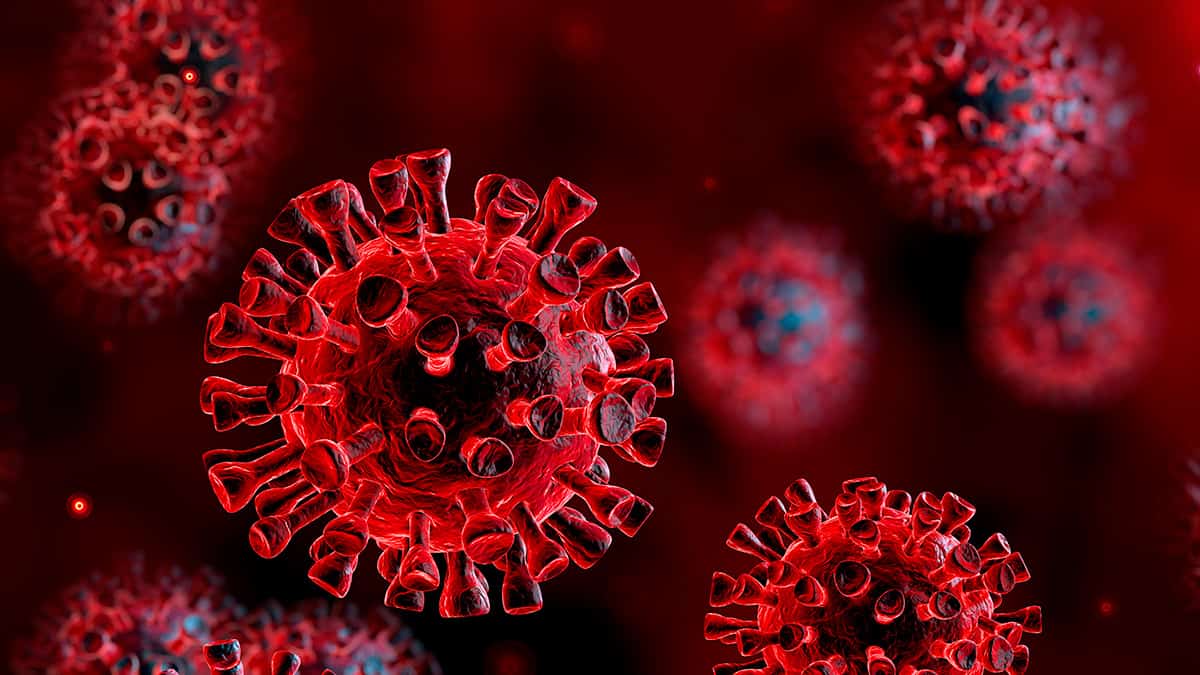
A rapid and low-cost test for the virus that causes COVID-19 has been developed by researchers in the US and Taiwan. Featuring a disposable testing cartridge and a reusable circuit board, the team’s portable system can detect the presence of the virus in fluid samples within just 1 s. By adjusting its design, the system could be adapted to test for other diseases.
Alongside vaccination and social distancing, rapid testing for SARS-CoV-2 – the virus that causes COVID-19 – is a critical element of global efforts to bring an end to the pandemic. Currently, the most widely applied testing techniques use chemical reactions to amplify certain biomarkers associated with the virus, such as the RNA molecules that carry its genetic information. However, these processes are time consuming, which has resulted in slow testing turnaround times.
Now Minghan Xian and colleagues at the University of Florida and National Yang Ming Chiao Tung University have developed an alternative approach, which instead measures distortions in electrical signals associated with the presence of the virus particles in a circuit. Their design is based around a circuit board containing a metal-oxide-semiconductor field-effect transistor (MOSFET), which is a common electronic device that amplifies electrical signals.
Gold-plated electrodes
Their system also includes a disposable testing strip that plugs into the MOSFET circuit. The tip of the strip has a microfluidic channel that contains clusters of gold-plated electrodes coated with SARS-CoV-2 antibodies as well as bare carbon auxiliary electrodes. When fluid samples are introduced to the channel, short electrical test signals can pass between the electrodes, amplified by the MOSFET and then sent to the circuit board for analysis.

Antibody-doped gold nanoparticles provide a rapid COVID-19 test
If SARS-CoV-2 is present in a sample, spike proteins on the virus particles will bind to the antibodies on the gold electrode surface, which alters the nature of the amplified test signal waveforms. By converting these distortions into digital readouts, the system can determine the concentration of spike proteins; and subsequently, the concentration of virus particles present in the sample – within just 1 s. Their technique remains reliable over a broad range of concentrations: from just 100 virus particles per millilitre, to up to 2500.
By integrating their testing strips onto disposable cartridges, Xian’s team ensured that the circuit board was completely reusable. This resulted in a portable, low-cost testing system, suitable for rapid COVID-19 testing in any location. Furthermore, the detection process is not limited to COVID-19. By attaching other types of antibodies to the testing strip’s gold electrodes, the system could be repurposed for other diseases.
The system is described in the Journal of Vacuum Science & Technology B.
